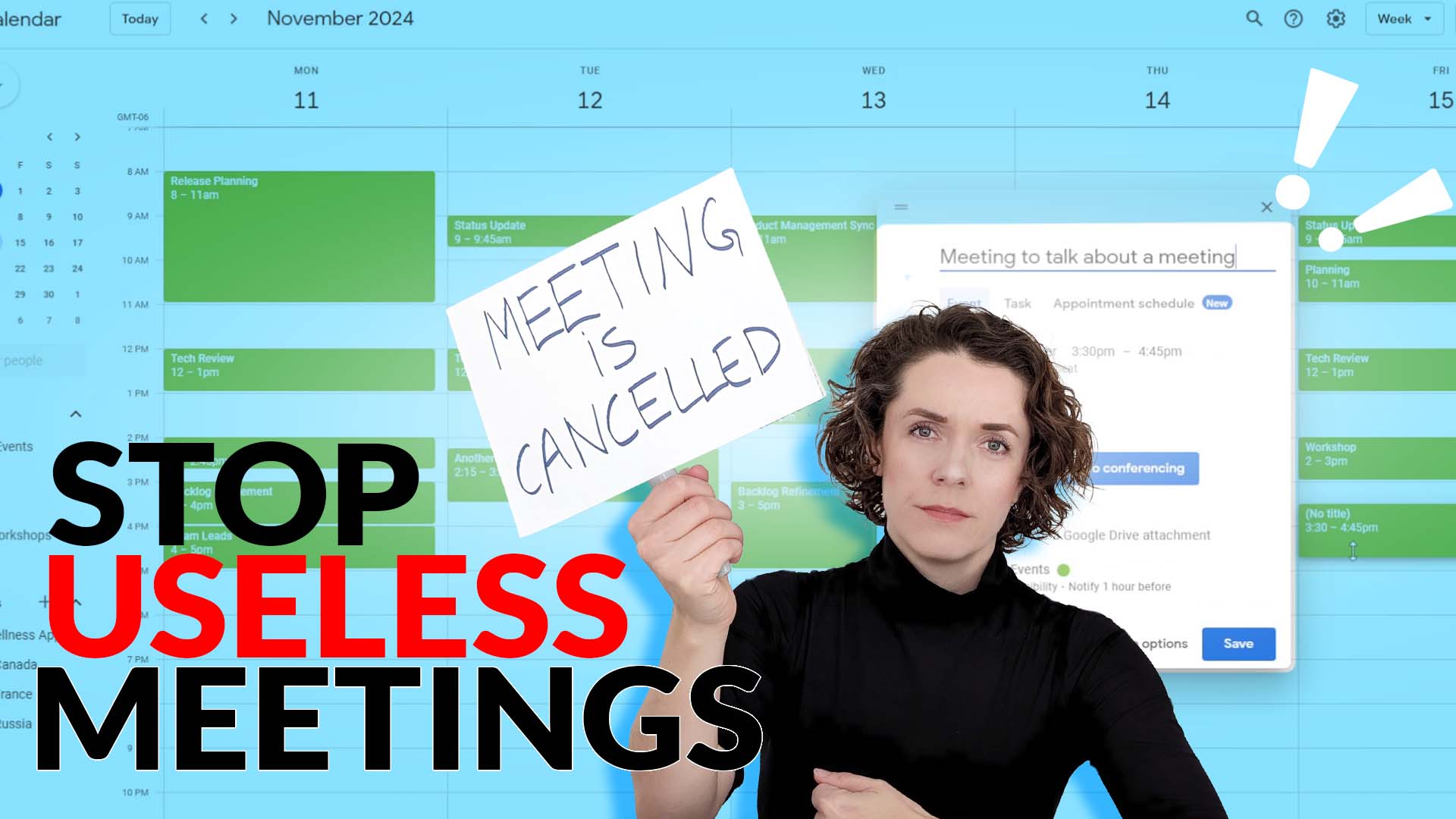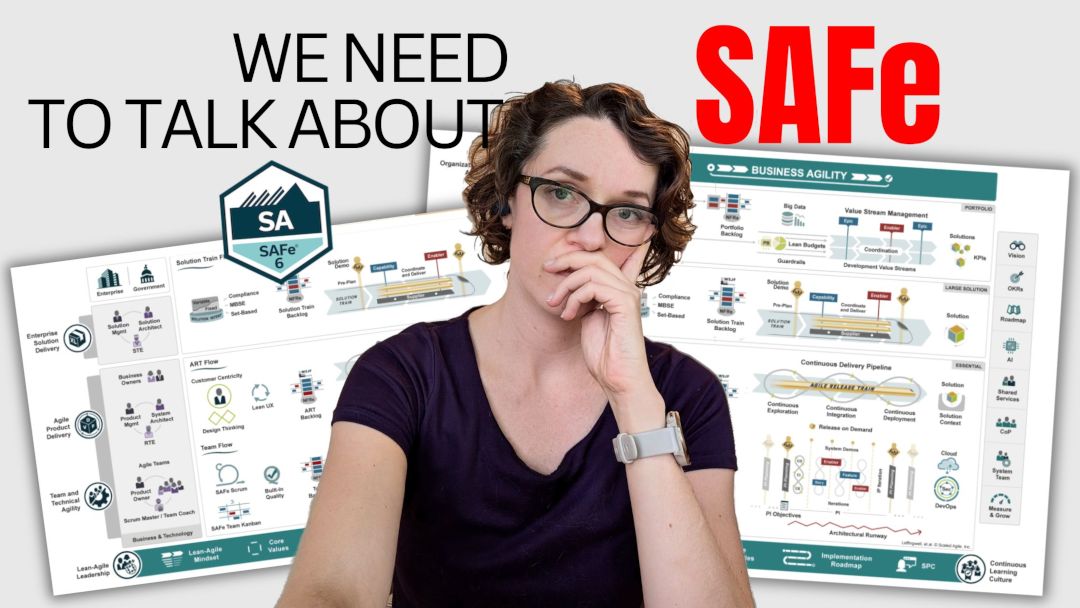Joining a new team is always an exciting and stressful time. You know that there is lots to learn and to do. You want to impress your new colleagues and bring some positive changes to the team and the company itself. Where do you start?
As I have achieved a new milestone of 3000 subscribers on YouTube, I have decide to refilm one of my most popular videos “What to focus on when joining a new team“. With new insights I have gathered over the past few years, I hope that this simple advice can help you set a strong foundation for your success in the new team.
In this video I will be talking about three key things you should start doing from day one in your new role. Whether you are a Scrum Master or not, these are the essential steps to take for anyone who wants to succeed long-term.
Your first three steps
You have most likely heard about books like “Your first 90 days” or have heard others say that your first few weeks in a new role are essential.
There is sometimes an expectation that you would make some incredible changes from day one of you joining a team. Which would be entirely possible. However, there are other things that are just much more important than making changes.
What your first focus should be is at building a strong foundation for your long-term success. In my opinion, this includes three essential steps:
- Understanding the context. Every team and organization has a different history, processes, people, and culture. Your first goal should be to understand it. You can’t just jump into making changes if you don’t know what’s really happening.
- Building relationships. Other people in the organization may either help you succeed or fail. You should make sure you build a team of people who want to support you in the same way you want to support them. In the end, all of you should be working towards the same common goals. So start with creating those connections with other people.
- Solving problems. While you don’t want to immediately jump in and try to change everything in how your team works, there will be opportunities for you to be helpful to others. Figure out how you can get some quick wins and support your team members and management. What are their biggest pain points right now and what can you do to help?
These first three steps might seem very obvious. But the new role might quickly take us away from these key topics as we are getting swamped with new work and new tasks.
That is why I’m here to remind you that these are, while very straightforward, are important goals you need to set for yourself for your first days or weeks working with a new team.
Working towards long-term success
As I mentioned in my video, these are just the beginning steps and goals to achieve. There is much more you can do to set your foundation. It’s especially needed when you join a new team as a Scrum Master since your managers will be looking to you for positive changes and agile implementation in the team.
You can start working on visualizing workflows and processes, creating a clear picture of the structure of the company, setting and organizing tools and practices, creating an improvement plan and your personal Backlog of work.
You can even start preparing to run some training and workshops to create alignment around Agile and Scrum.
It is difficult to capture everything you can focus on in just one video or one article. However, I have worked on gathering everything you need to know in my Scrum Master Startup Guide. If you are looking for concrete practical advice on how to start in a new Scrum Master role, I encourage you to look into it.
I hope that with these insights you are ready to step into a new role with a new team and set yourself up for success.



